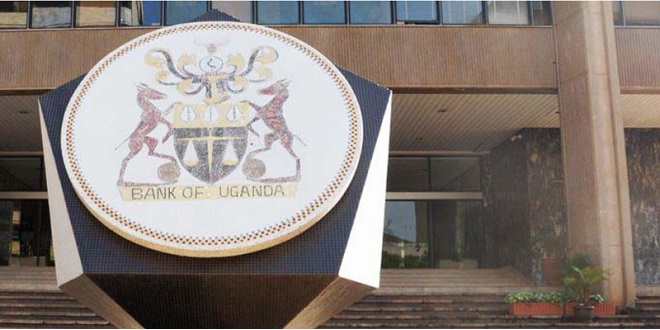
Kampala, Uganda | THE INDEPENDENT | The Bank of Uganda insists its not yet safe enough for the banking industry to start paying dividends to their shareholders, two years since this was suspended.
Following the outbreak of COVID-19 in 2020, the banking industry was given guidelines to survive the pandemic, and these included suspension of payment of dividends to shareholders.
The banks were also told to suspend demand for loan repayments and interest as the customers were expected to have lost businesses due to the local and international lockdowns.
In September, these credit relief measures were lifted, save for loans held by the tourism and education sectors that were extended for another 12 months. Now as the country goes into the third year since then, investors in the banking industry are querying the continued suspension of the dividend payments, yet the companies have been making profits.
The Bank of Uganda Director Commercial Banking, Hannington Wasswa says the regulator’s decision to suspend dividends by the banks and other BOU regulated business, was aimed at protecting the sector, because dividends could reduce their capitalization levels.
Stanbic Bank Chief Executive Officer, Anne Juuko said that on their part, they are ready and willing to pay dividends any time that the regulator allows them. Speaking at the release of the bank’s financial performance statements for the year 2021, Juuko said they got good explanation from the BOU which they agreed to and hope that the suspension of dividend payout will be lifted soon.
However, Wasswa says that any bank that feels they are strong enough in terms of working capital, may compile a report to BOU explaining so, which would allow the regulator to give the bank a greenlight to pay. For now, Wasswa says the industry is not yet ready to risk that because the economy is yet to even experience the real effects of the pandemic.
Stanbic Bank extended credit to sectors that have the highest value contribution to economic growth, as the regulator advised caution. “For instance, we lent 290 billion shillings to the trade sector, which is the second highest employer in Uganda, 225 billion shillings in household lending and 223 billion to building and construction,” says Juuko.
Others that attracted lending included manufacturing with 218 billion shillings, while 150 billion went to agriculture, the highest employer in Uganda with agricultural SACCOs being a top factor.
Total loan disbursements for the year 2021 amounted to 1.3 trillion shillings. The economy has witnessed on and off recovery periods over the last two years, with some sectors affected more than others by the pandemic, with another lengthy lockdown last year.
“Notwithstanding these headwinds, Stanbic Bank managed to post resilient results albeit slower growth in some areas,” said Andrew Mashanda, the Chief Executive at Stanbic Uganda Holdings.
The banks posted a profit after Tax of 296 billion, up 11% from 2020 while Return on Equity closed at 19.6%. Mashanda said however that while 2022 might seem to give better prospects, external factors like the Russia-Ukraine conflict pose uncertainties.
“2022 presents a mixed bag of expectations especially on the external front mostly informed by the Russia Ukraine conflict and rising fuel prices. However, prospects are brightening with more countries across the globe opening up their economies as the pandemic subsides,” he said.
On the persistently high interest rates by the Ugandan banking sector, Anne Juuko explained that this is based on where the banks get most of their money they loan out.
She vowed that for as long as the Bank of Uganda uses the Central Bank Rate to regulate the cost of money, Stanbic Bank’s rates will change accordingly.
In February this year, the BOU maintained the CBR at a low 6.5 percent, saying it should still encourage banks to lower their lending rates, from the current average of 21 percent, among the highest in the region.
Stanbic Bank’s prime lending rate is around 17 percent, with some loan products like to agriculture being lower rated.
*****
URN
 The Independent Uganda: You get the Truth we Pay the Price
The Independent Uganda: You get the Truth we Pay the Price


